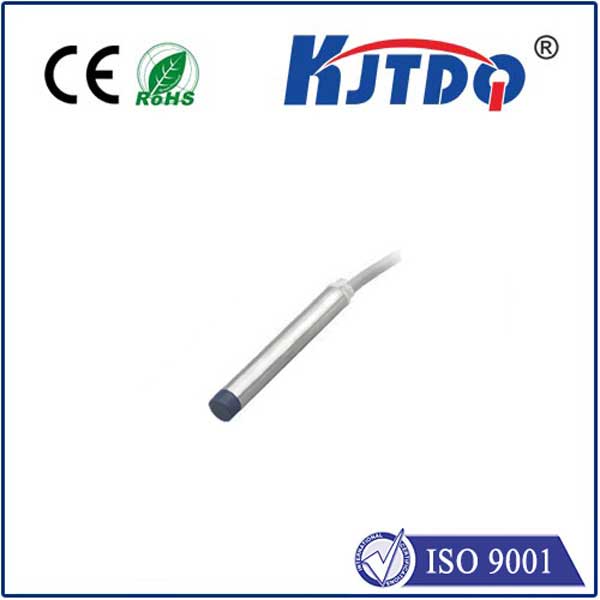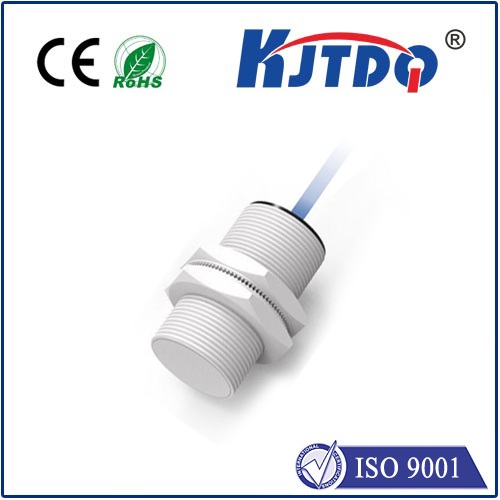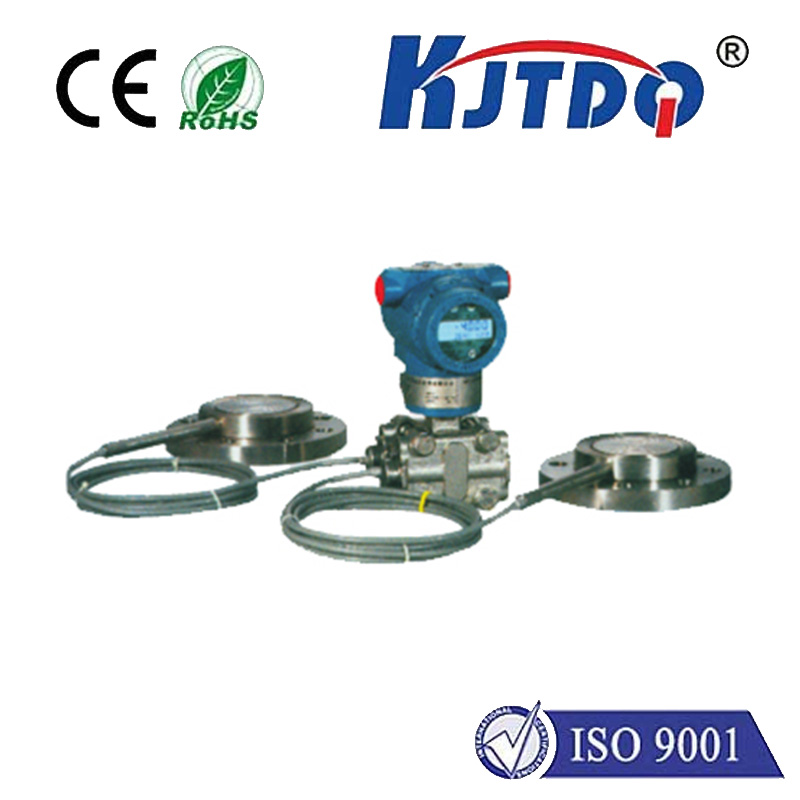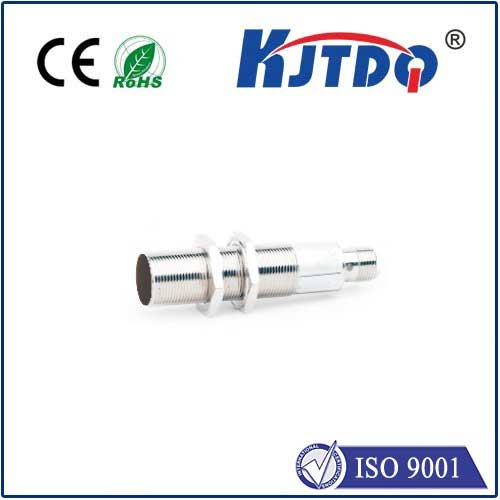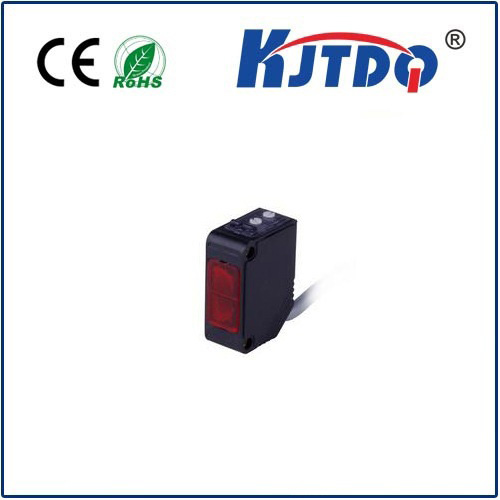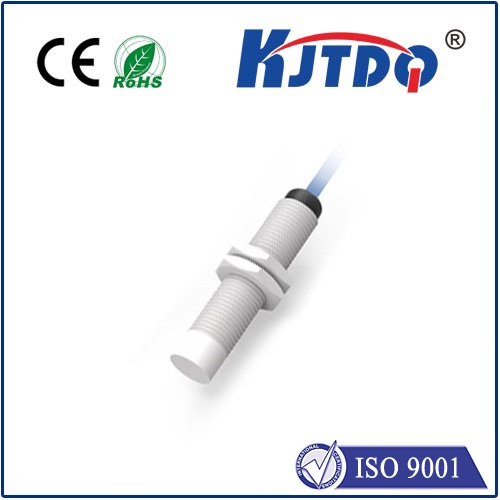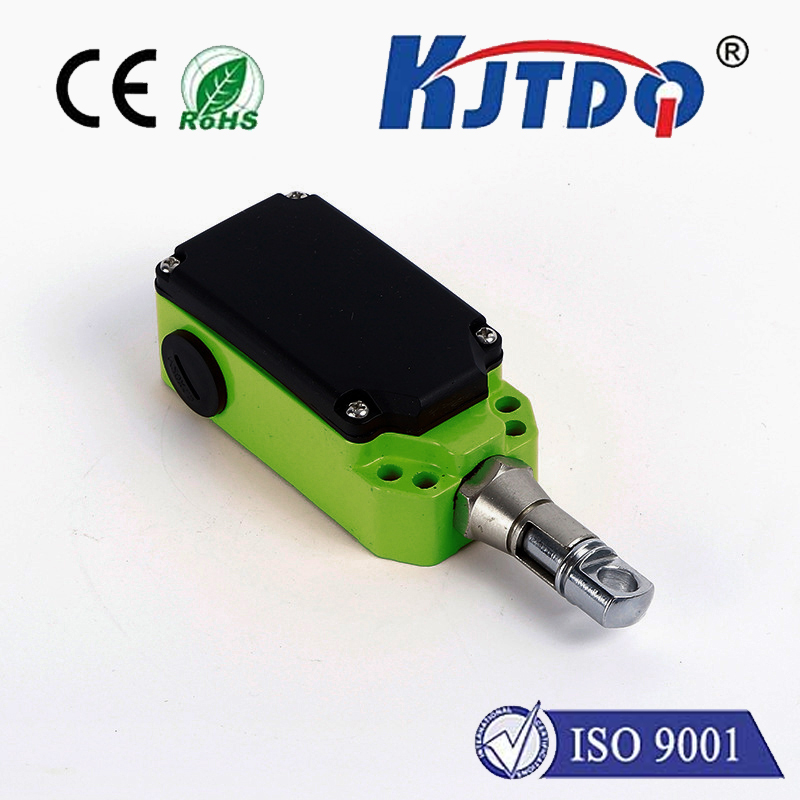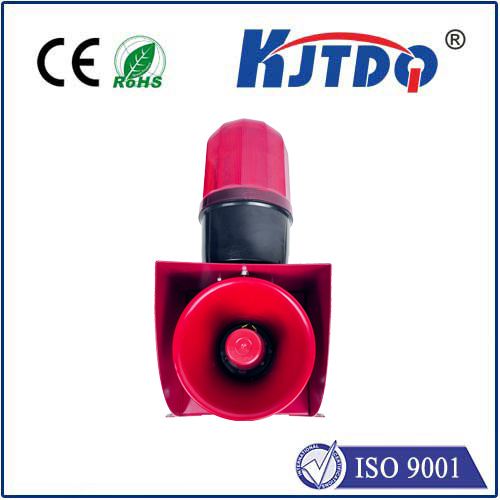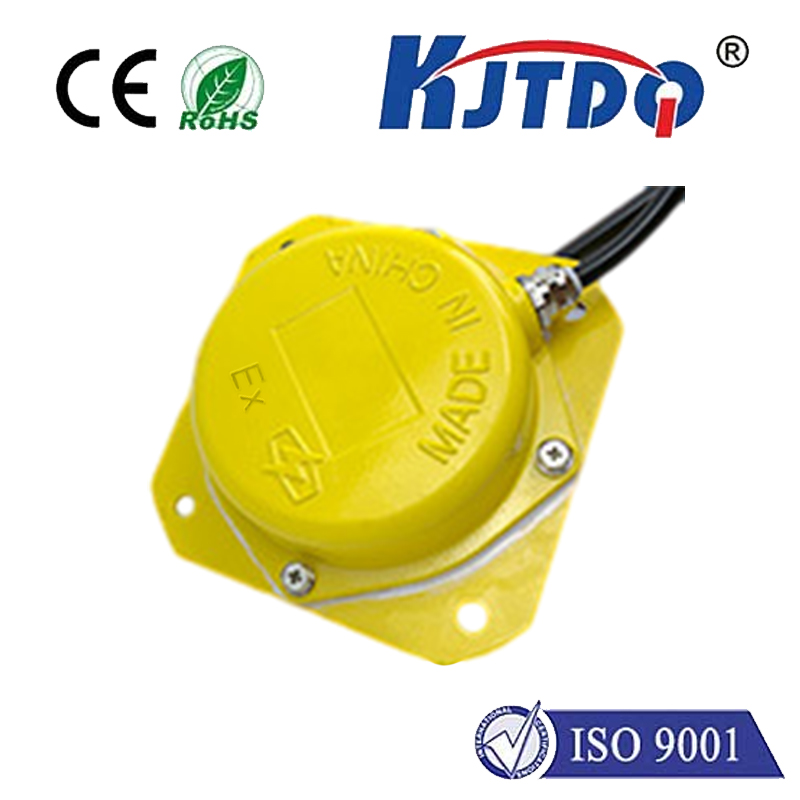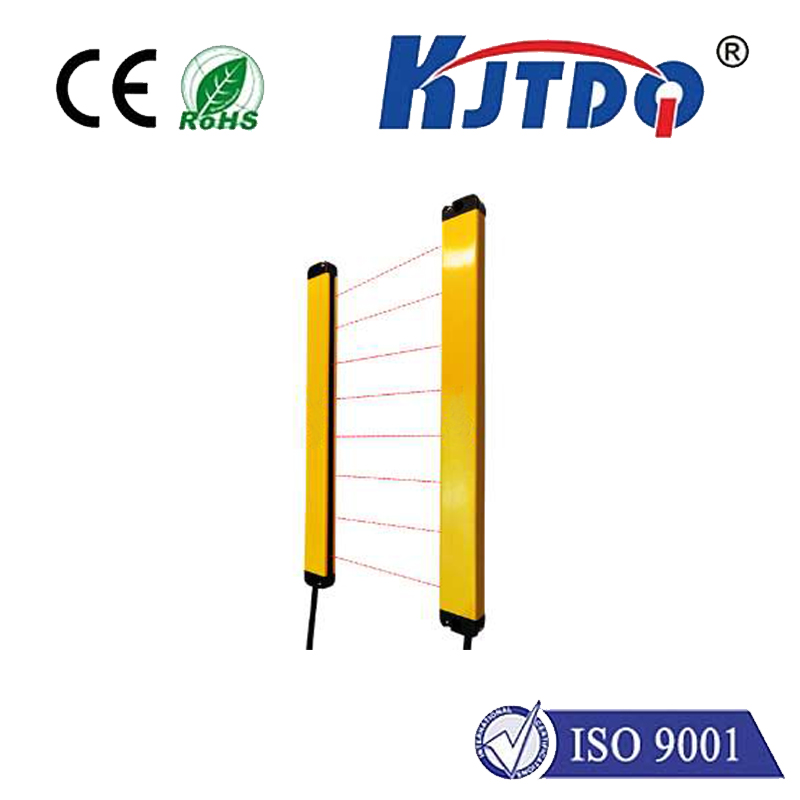
check

check

check

check

Exploring the World of Inductive Sensors: Applications and Advantages In today’s technologically driven world, sensors play a crucial role in various industries and applications. One type of sensor that stands out for its versatility and reliability is the inductive sensor. These sensors utilize the principles of electromagnetic induction to detect the presence or absence of metallic objects without any physical contact. This article delves into the fascinating world of inductive sensors, exploring their applications and the advantages they offer. Understanding Inductive Sensors At the heart of an inductive sensor is a coil of wire that generates an electromagnetic field. When a metallic object comes into proximity with this field, it disturbs the magnetic lines of force, causing changes in the coil’s inductance. This change can be measured and converted into an electrical signal that indicates the presence or absence of the object. The non-contact nature of these sensors not only prolongs their lifespan but also makes them suitable for harsh environments where mechanical wear would be a concern. Applications Across Industries One of the primary reasons behind the popularity of inductive sensors is their broad range of applications. In manufacturing, these sensors are used extensively for position monitoring, product detection, and counting tasks. For instance, they ensure accurate placement of components on a production line, enhancing efficiency and reducing errors. In the automotive industry, inductive sensors find applications in engine management systems, anti-lock braking systems (ABS), and fuel level monitoring. Their ability to operate reliably under extreme temperatures and vibrations makes them indispensable in vehicles. Even in everyday consumer electronics like smartphones, inductive sensors enable features such as proximity detection, which turns off the display when the device is near the ear during a call, conserving battery life. Advantages Over Other Sensing Technologies The non-contact operation of inductive sensors is a significant advantage, especially in applications requiring hygiene or where physical contact might cause damage to delicate surfaces. Unlike capacitive sensors, which rely on changes in electrical capacity between two conductive plates, inductive sensors work regardless of surface material—be it metal, plastic, or even through thick layers of dust or dirt. Their robustness against environmental factors like moisture, oil, and temperature extremes further extends their usability across diverse settings, from industrial automation to outdoor equipment. Additionally, their simple design and ease of installation contribute to reduced maintenance costs and increased operational uptime. Conclusion: A Versatile Solution for Modern Challenges In conclusion, inductive sensors stand as a testament to the ingenuity of electromagnetic sensing technology. Their ability to detect metallic objects without direct contact, coupled with their resilience in demanding conditions, opens up a world of possibilities across numerous sectors. As technology advances, we can expect to see even more innovative uses of inductive sensors, further integrating them into our daily lives and industrial processes. With their distinct advantages over other sensing technologies, inductive sensors are undoubtedly here to stay, continuing to shape the way we interact with our environment.
